The 3 R’s – Reduce, Reuse, and Recycle
The 3 R’s stand for “Reduce, Reuse, and Recycle”. This “Eco Trio” are rules that guide us to take care of our planet and use things wisely.
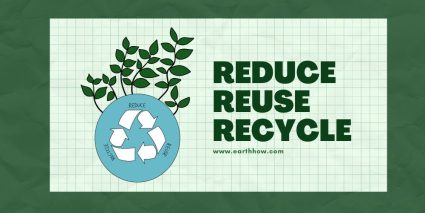
The 3 R’s stand for “Reduce, Reuse, and Recycle”. This “Eco Trio” are rules that guide us to take care of our planet and use things wisely.
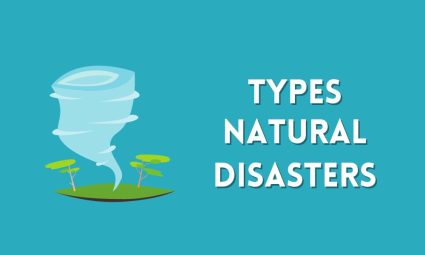
A natural disaster is a sudden and extreme event caused by nature that can cause damage and harm people. Learn the types of natural disasters.
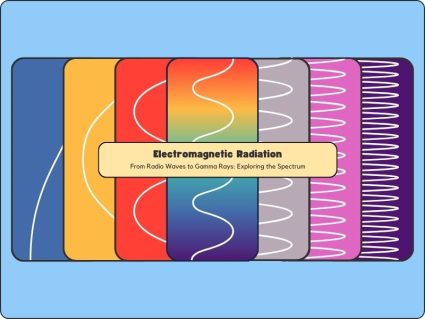
Electromagnetic radiation is invisible waves of energy that travel through space, including visible light, radio waves, microwaves, and more.
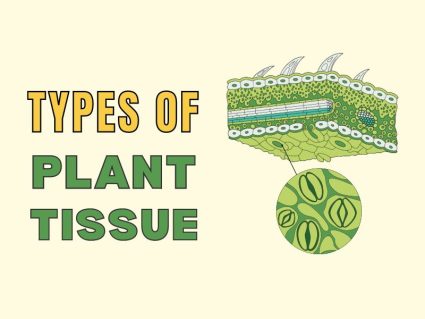
Plants are composed of tissues, which are clusters of cells that work together to perform a function. Learn about plant tissue types & roles.
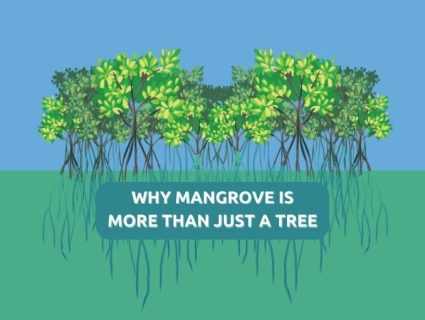
Mangroves are trees that grow in coastal areas where the land meets the sea. They have unique roots in saltwater and help protect erosion.
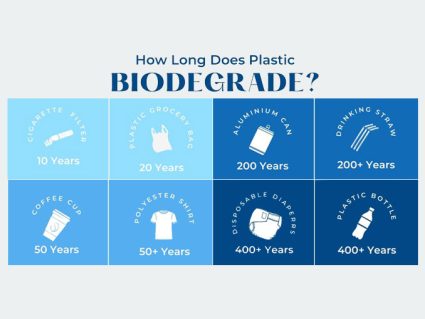
Plastic takes a really long time to decompose. For some items like plastic bottles and drinking straws, it can take hundreds of years.
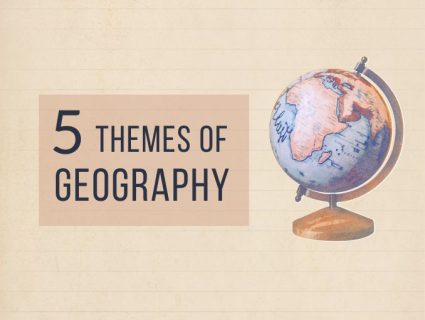
The five themes of geography provide a framework for understanding the complexity of geography and make sense of the world.
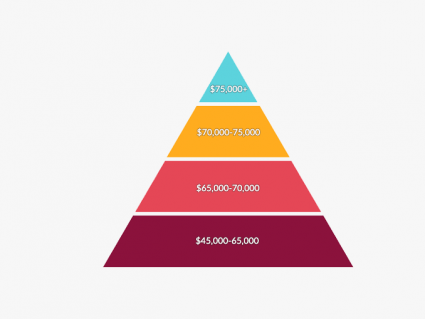
From astrophysicists to arborists, this environmental science salary pyramid gives a sneak peak of how much earth scientists earn in their respective field.
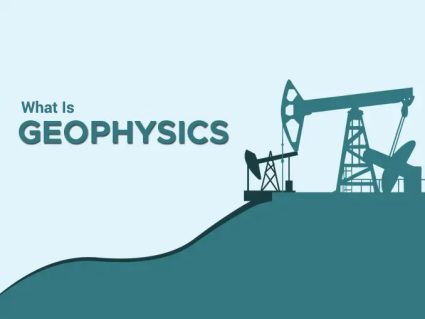
If you want to pursue a career as a geophysicist, one option is to look into geophysical courses online to get started in the career.
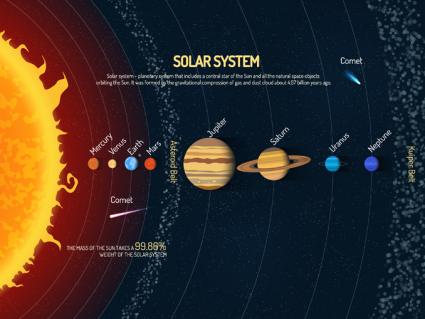
Our solar system is a 4.57 billion years old planetary system that includes a central star and all the natural space objects (planets) orbiting the Sun.
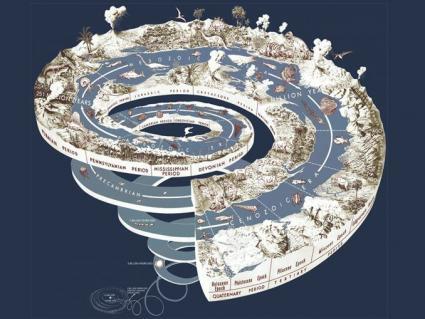
Since Earth’s creation, oceans, continents and life have emerged. From evolution to extinction, here are the geological events and history of Earth timeline

For aspiring geologists, field camp is where you put everything you’ve learned in the classroom together in an intensive field campaign.
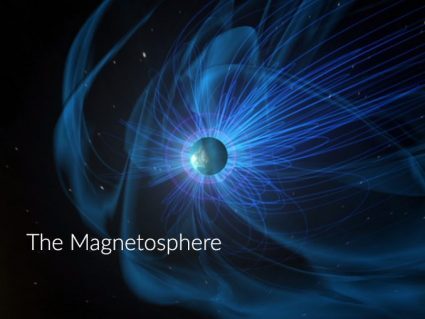
Earth’s magnetic field gives us a layer out in space called the magnetosphere. If you want to learn everything about magnetosphere, this is the complete guide.
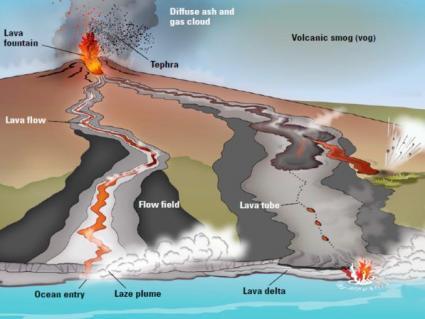
The name “shield volcano” originated from its Roman shield-like shape. They are broad, flat and can stretch hundreds of miles wide like Mauna Loa in Hawaii.
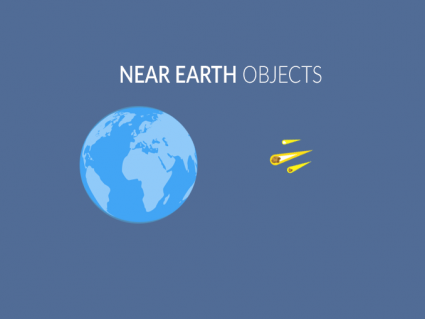
Near Earth Objects (NEO) are debris in space at risk colliding with Earth. Asteroids, comets and meteors pose potential risk to Earth.